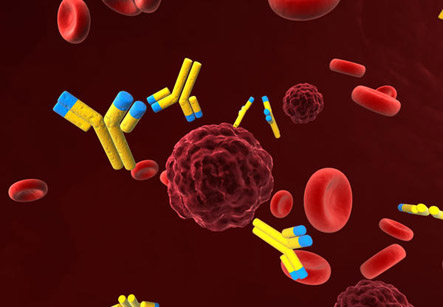Systemic Lupus Erythematosus
Introduction
Systemic lupus erythematosus (SLE) is a disease of the immune system of human body. SLE mostly affects young adults. An estimated 1.5 million are affected by this condition worldwide. Multiple organs like joint, skin, kidneys etc are affected. In this disease immune cells attack organs of an individual. Normally the immune system attacks foreign organisms and invading germs. In SLE the immune system is unable to differentiate between own cells and foreign invaders leading to severe complications. There is overactive immune response against own normal cells leading to chronic inflammation. Signs and symptoms vary depending on the parts of the body affected. Commonly malaise, fatigue, hair loss, rashes, sores in the mouth, joint paint sensitivity to sunlight etc. may be seen.
Iranian scientists have moved to the forefront in embryonic stem cell research, according to a recent joint study by Harvard University and the Massachusetts Institute of Technology

Treatment
The common modes of treatment of SLE involve suppression of immune system. The drugs commonly used in treatment are steroids, pain killers etc. There is no permanent cure of SLE. Aims of treatment involve remission of signs and symptoms. So search for newer therapies continue with some successes and some failures. One such emerging treatment modality is stem cell therapy. Promising results have been found with stem cell therapy.
Larger studies are warranted in this regard to establish stem cell therapy as a part of treatment of severe intractable and non-responsive SLE.
Stem cell therapy helps to remove the cells responsible to trigger the immune system of the body against its own cells. First own cells are collected from the patient’s body usually from blood or bone marrow. The cells are harvested and cultured in the laboratory. The cells are gradually differentiated into cells of immune system and other system cells. Cells of immune system are separated from the mix. Next patients are hospitalized for few weeks. During this period they receive high dose chemotherapy to destroy their immune system completely. Then the patient receives an infusion of stem cells that were separated before treatment. These infused stem cells help to rebuild new and healthier immune system.
Stem cell therapy in SLE is a reserved indication. In is applicable to patients in whom all the conventional therapies have failed and life of the patient is at risk. Careful evaluation must be done if the patient will be able to tolerate the therapy. Medications used to suppress the immune system are highly toxic. Complications are frequent and may vary in severity. Most common side effects are nausea, vomiting, severe debilitation, susceptibility to life threatening infections etc. Stem cell therapy in SLE is still a novel therapy. Much remains to be explored in terms of efficacy and safety of this therapy. Larger studies are warranted in this regard to establish stem cell therapy as a part of treatment of severe intractable and non-responsive SLE.